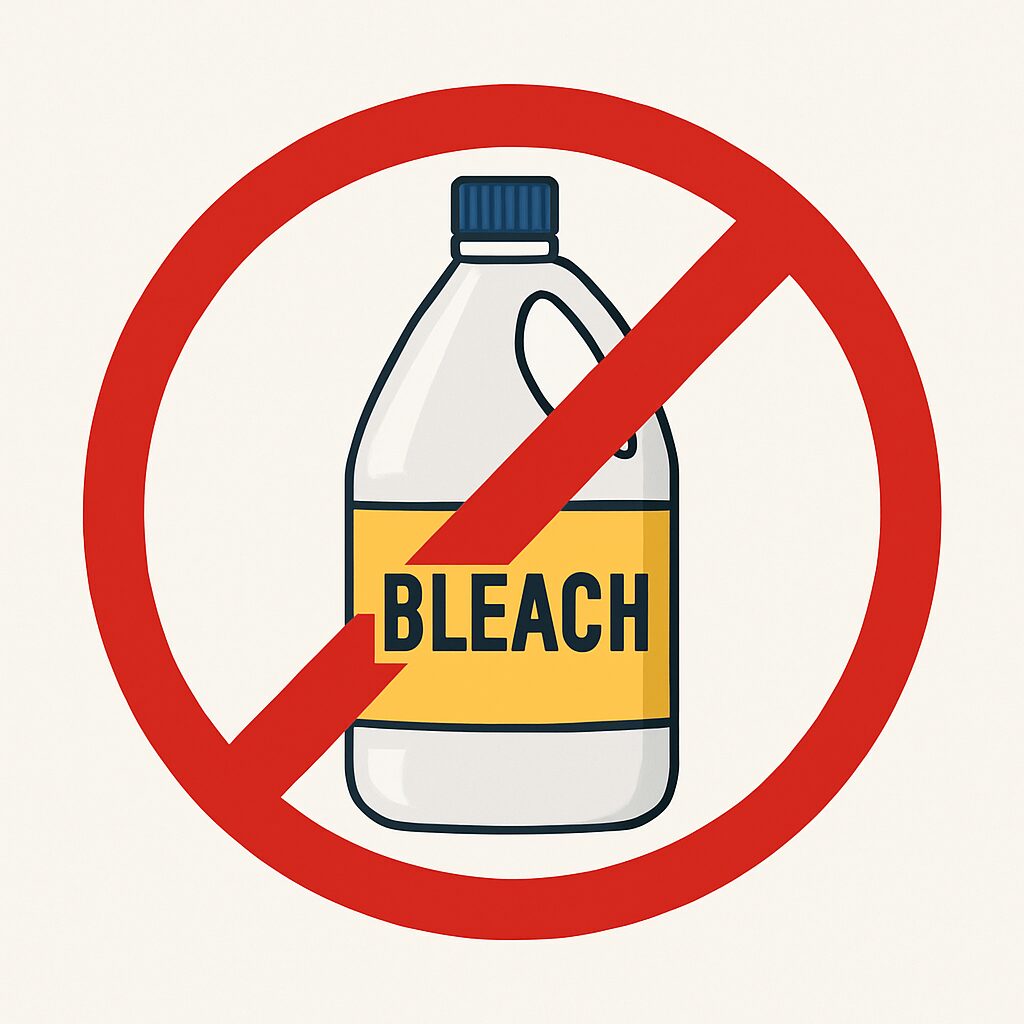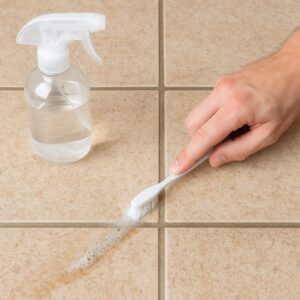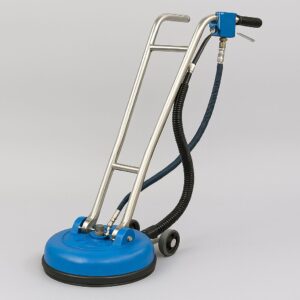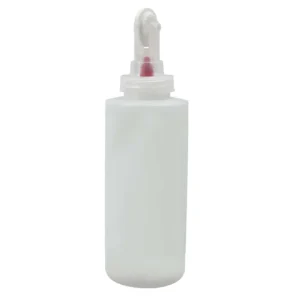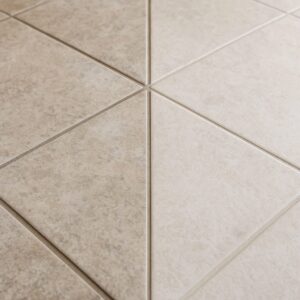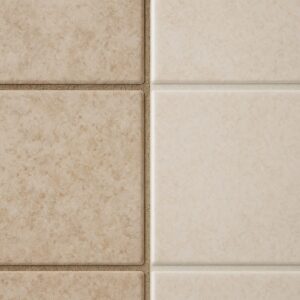Homeowners often turn to bleach for tough cleaning jobs. It’s powerful, easy to find, and widely trusted for removing stains and disinfecting surfaces. However, when it comes to tile grout, the story isn’t so simple. Many people don’t realize that using bleach and grout together can cause more harm than good. Before you reach for that bottle, it’s important to understand how it affects grout flooring, why damaged tile grout is a common result, and what safer grout cleaning methods exist.
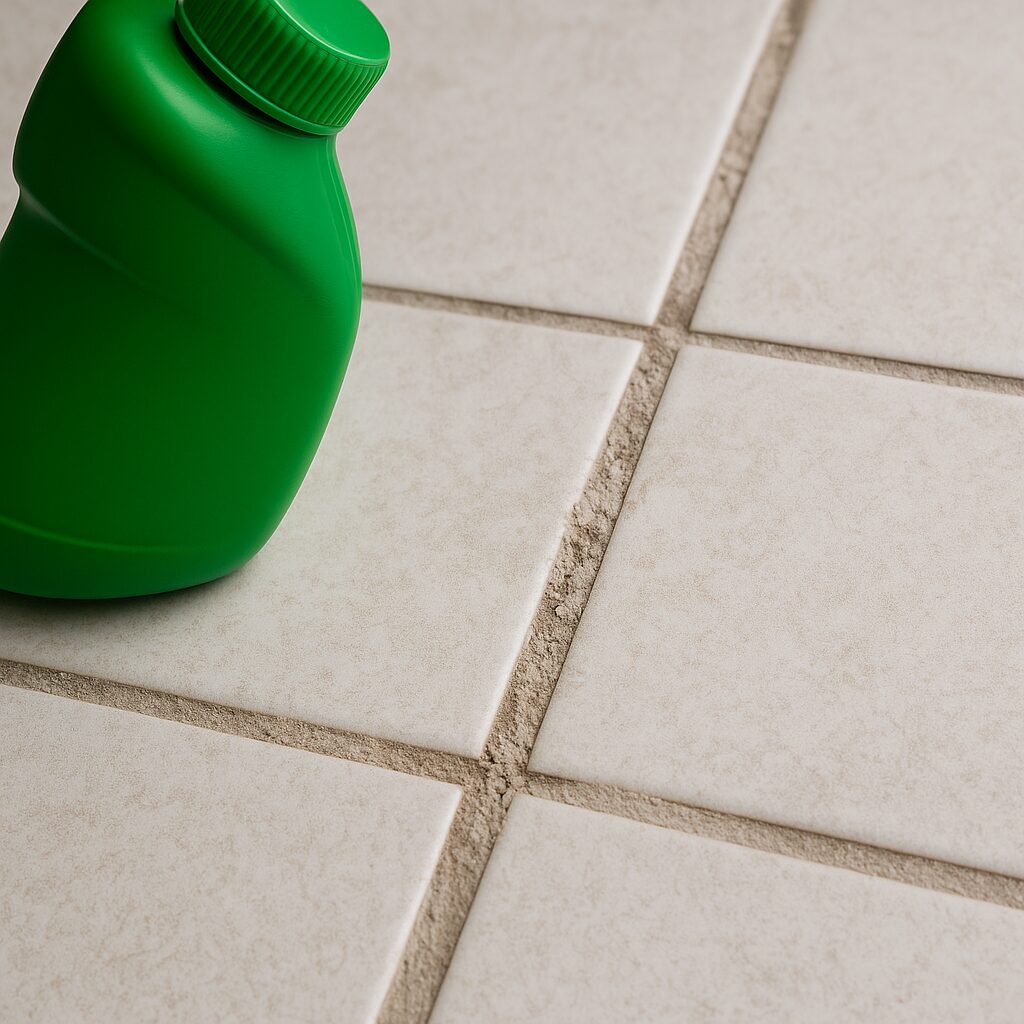
What Happens When You Mix Bleach and Grout?
Bleach is a strong chemical. While it can kill bacteria and lighten stains, it’s not designed for porous surfaces like grout. Tile grout is a mix of cement, sand, and water, which means it naturally absorbs liquids. When bleach is applied, it penetrates deep into the grout lines. Over time, this can lead to structural breakdown, causing damaged tile grout and shortening the lifespan of your flooring.
The chemical reaction doesn’t stop there. Bleach can weaken the bond between grout and tile, making the surface more prone to cracking, crumbling, or discoloration. Even though your grout flooring may look brighter at first, repeated exposure to bleach often leads to permanent damage.
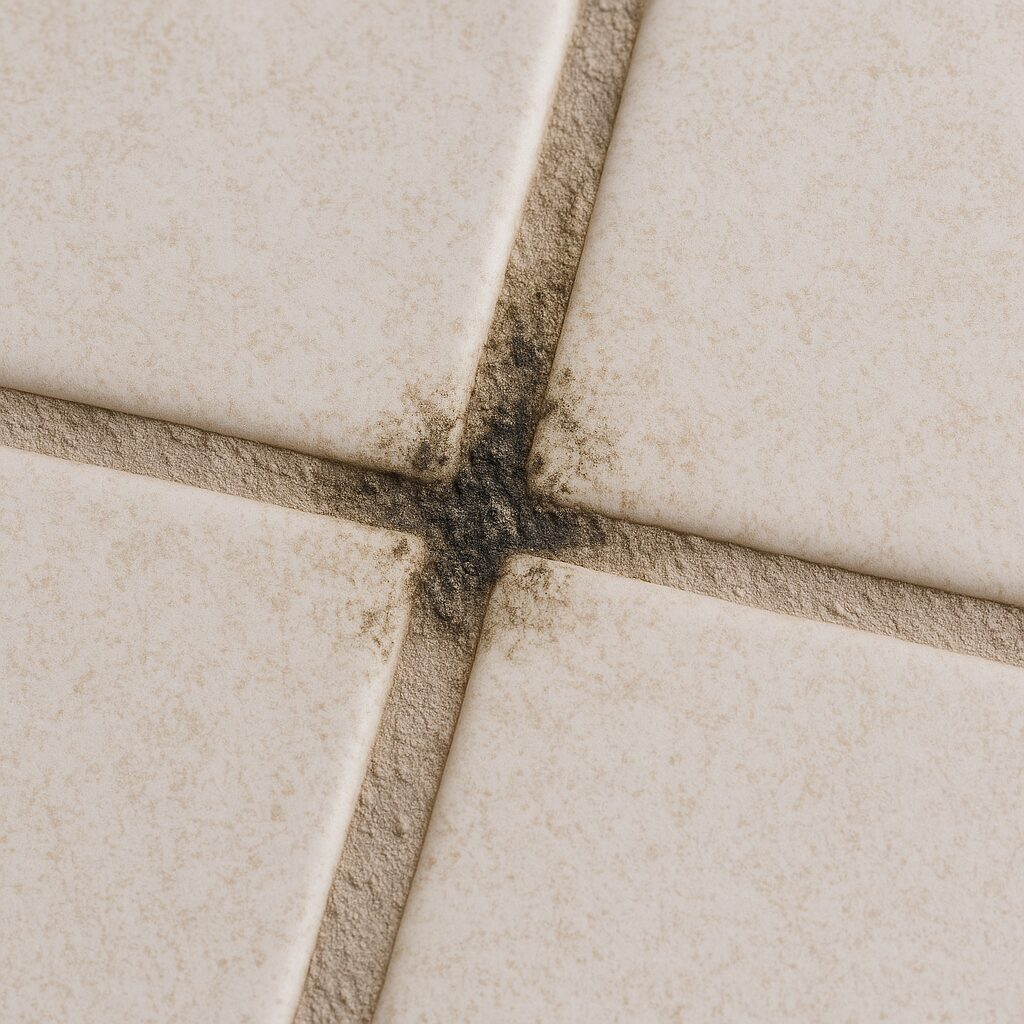
Signs of Damaged Tile Grout from Bleach Use
If you’ve been using bleach and grout together for regular cleaning, you might already see some warning signs. These include:
- Cracks or crumbling grout lines: The harshness of bleach breaks down grout materials over time.
- Discoloration or fading: Bleach can strip the natural color from grout, leaving patchy or dull areas.
- Loose tiles: As grout weakens, tiles can shift or detach from the subfloor.
- Increased mold growth: Ironically, bleach doesn’t always kill mold at its roots. The moisture it leaves behind can encourage new growth beneath the surface.
Noticing these signs early can help prevent larger issues down the road. Once grout is severely damaged, repairs often involve regrouting or even replacing sections of your tile flooring.
The Hidden Risk: Bleach and Mold in Grout
One of the main reasons people use bleach is to remove mold and mildew from grout lines. While bleach does kill surface mold, it rarely eliminates the spores deep inside. Because grout is porous, those spores hide below the surface where bleach can’t reach. Even worse, bleach’s water content can seep in, creating a moist environment where mold grows back quickly, often stronger than before.
This cycle of cleaning, regrowth, and damage leads many homeowners to believe they need to use bleach more often. Unfortunately, this only speeds up the deterioration of tile grout.
Safer Alternatives for Grout Cleaning
The good news is you don’t need to rely on bleach to keep your grout flooring looking great. There are safer, more effective methods to tackle dirt, bacteria, and even mold without risking damaged tile grout:
- pH-neutral cleaners: These are gentle on grout and safe for regular use. They lift dirt without degrading the material.
- Baking soda and vinegar: A classic DIY solution, this mixture cleans grout naturally. Use it sparingly to avoid overexposure to acid.
- Steam cleaning: High-temperature steam loosens dirt and kills bacteria without chemicals.
- Professional grout cleaning: Experts like Revive Tile & Grout use specialized equipment and solutions designed to deep-clean without causing harm.
Why Professional Grout Cleaning Is Worth It
Many homeowners underestimate how important grout maintenance is for the health of their flooring. Professional services not only clean grout thoroughly but also help extend its lifespan. Specialists use products formulated to protect the grout surface while effectively removing stains, bacteria, and mold. They can also reseal grout lines, adding a protective barrier that makes future cleaning easier and more effective.
In places like Peoria, where dust, hard water, and heat can accelerate wear, regular professional care is even more essential. It will keep your floors looking beautiful and prevent costly repairs in the future.
When It’s Time to Repair or Replace Grout
If you’ve already experienced damaged tile grout due to bleach use, don’t panic. Depending on the severity, repair options may include:
- Grout patching: Filling small cracks or gaps to prevent further deterioration.
- Regrouting: Removing damaged grout and replacing it with a fresh layer.
- Sealing: Applying a sealant to protect new grout from stains and moisture.
Professional technicians can assess the condition of your grout flooring and recommend the best solution for your home.
Skip the Bleach and Grout Method, Time To Protect Your Grout
While bleach might seem like a quick fix for tough grout stains, it often does more harm than good. These harsh chemicals can break down grout structure, cause discoloration, and even make mold problems worse. Keep your floors clean, strong, and beautiful without the risks.

